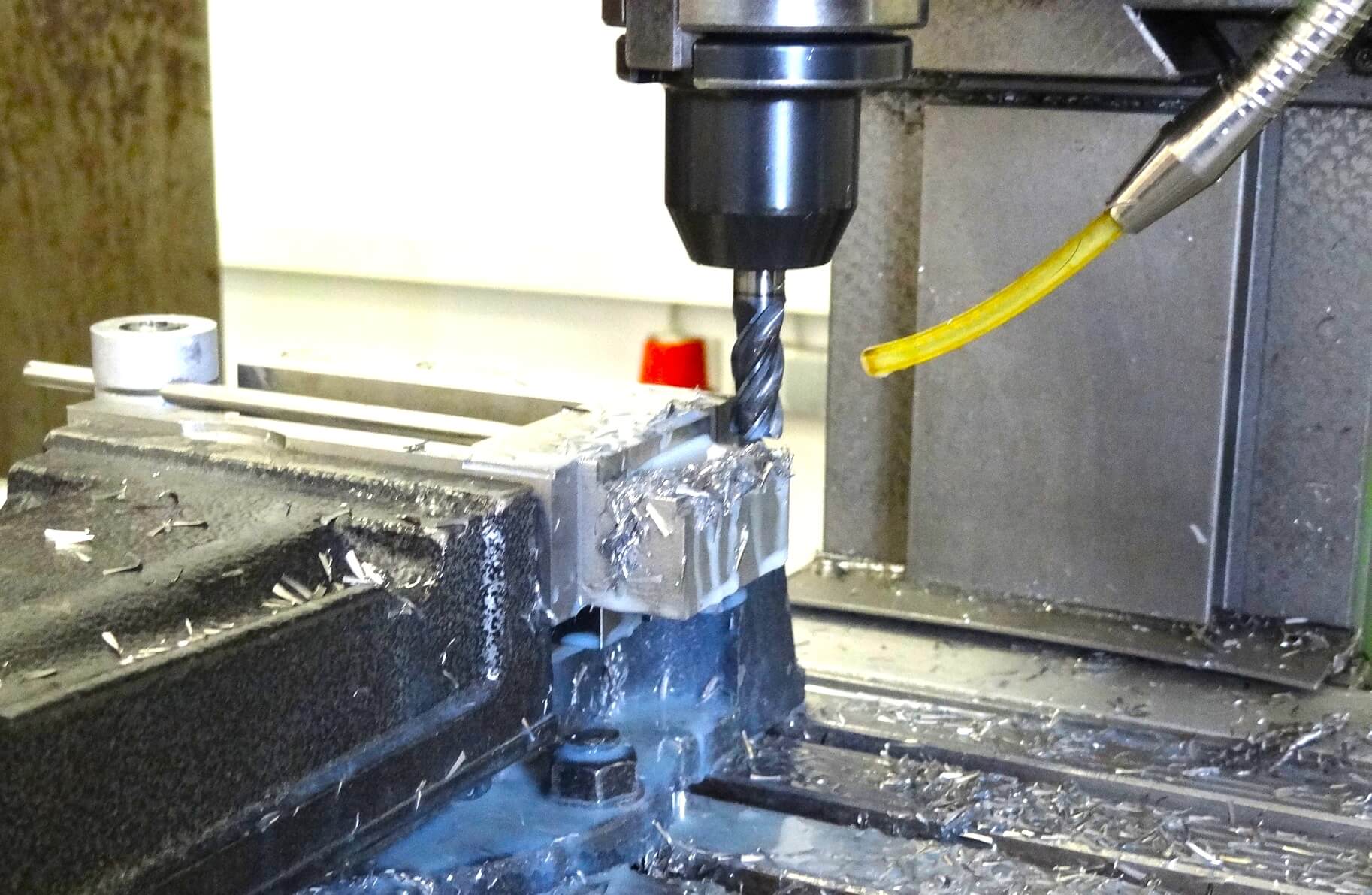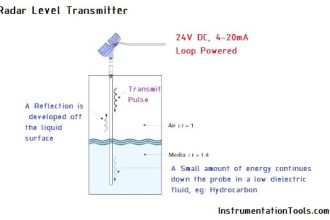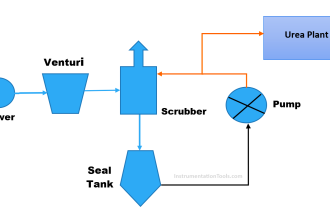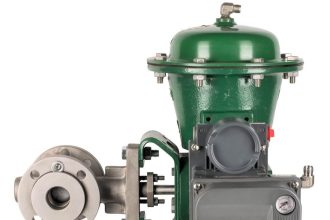CNC milling is an important machining process in today’s market. And it is evident from the statistic that the CNC milling machines market is expected to reach USD 21.55 billion by 2026, growing at a CAGR of 8.72%. The automotive sector accounts for the highest share in the global computer numerical controlling machines market among the end-users.
Are you a machine shop owner? A looking to implement CNC milling. You must know about it, and its advantages and disadvantages and this article will cover them.
What is CNC Milling?
CNC milling is a computer-controlled process that involves a cutting tool to remove the part of a workpiece. The setup includes placing the workpiece on the machine’s table while the cutting tool is attached to the spindle and rotates and shapes the workpiece into the final product.
The rotation and movement of the cutting tool depend on the CNC milling machine type and level of expertise. The CNC milling process is versatile and is compatible with various materials like plastics, aluminum, wood, and glass.

Advantages of CNC Milling
The CNC milling machine provides high efficiency in mass production, processing consistency, and stable quality.
In this section, we are going to take a look at the advantages and disadvantages of CNC milling.
Increased Accuracy and Repeatability
CNC milling machines’ accuracy and repeatability can also help you increase your efficiency and productivity. It is because you will complete tasks faster and with fewer errors. In the long run, this can save you both time and money.
CNC milling machines are generally accurate from 0.01 mm to 0.03 mm. Machine repeatability tolerance is how closely it can reproduce a part. CNC machine repeatability typically ranges from 0.003 mm to.01 mm.
Greater Productivity
Another significant advantage of using a milling CNC machine is the increased productivity it can provide. It is because these machines can complete tasks much faster than traditional methods.
It can save you time on projects, which you can use to finish more tasks or take on more clients. The speed of a CNC milling machine gets determined by its axes.
Greater Adaptability and Versatility
Another significant advantage of milling CNC machines is their adaptability and flexibility. These machines can cut materials, including wood, metal, plastic, and others. As a result, they get used for a wide variety of projects.
Furthermore, milling machines can be outfitted with tools, allowing them to perform various tasks. Because of their versatility, they are an essential tool for any shop or business.
CNC milling machines are ideal for automotive, aerospace, energy, and medicine, where parts must be manufactured quickly and accurately from various materials.
Cost Savings
One of the primary advantages of milling machines is cost savings. It is because machines can produce parts quickly and accurately without expensive tools or materials. Furthermore, CNC machines can be operated by a single operator, lowering labour costs.
CNC milling machines are a must-have for any company or individual who works with wood, metal, or plastic. A CNC milling machine may be the best option, as it can help to increase efficiency and productivity.
Disadvantages of CNC Milling
- One of the most significant disadvantages of CNC milling machining is the high cost of purchasing the necessary equipment.
- Another disadvantage of using CNC milling machines is that there can be a lot of downtimes. When it needs maintenance, all work gets halted until the problem gets resolved.
- Finally, one disadvantage of CNC milling machining is that not all materials are suitable for this type of machinery, meaning you may have to experiment before finding what works.
Should you go with CNC Milling Process?
If your industry needs complex parts, then the CNC milling process is ideal for you. CNC milling also depends on the material you are using. It is regarding its hardness, tensile and shearing strength, and temperature resistance. Choosing a professional CNC milling service can help you produce the parts you need to the specification.
















